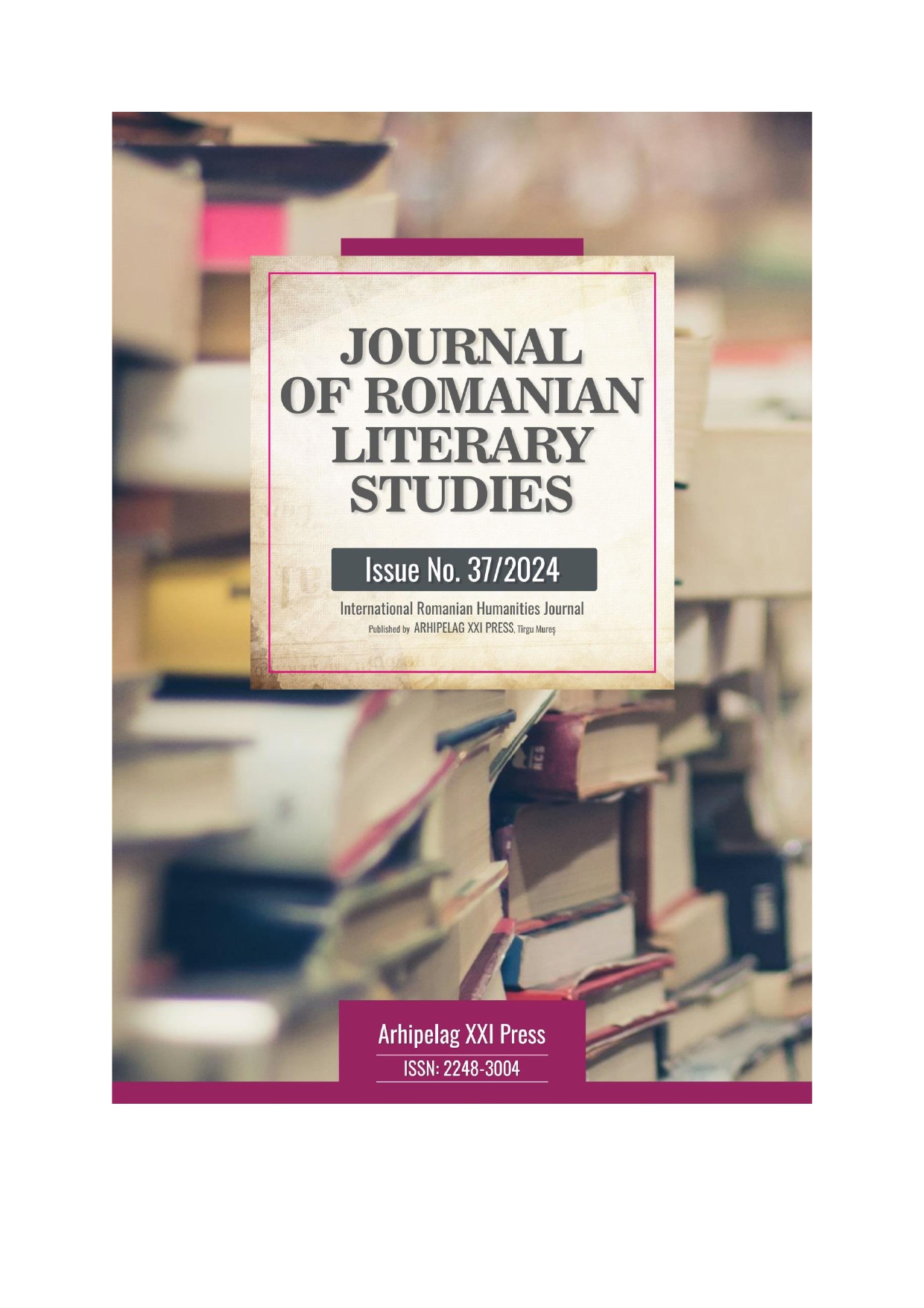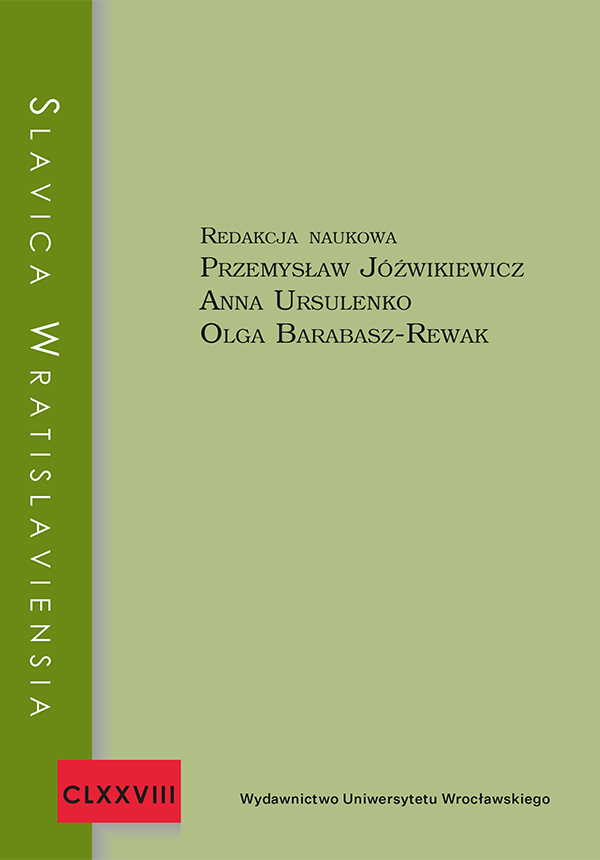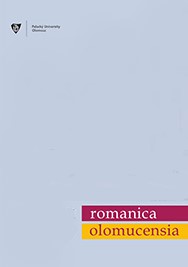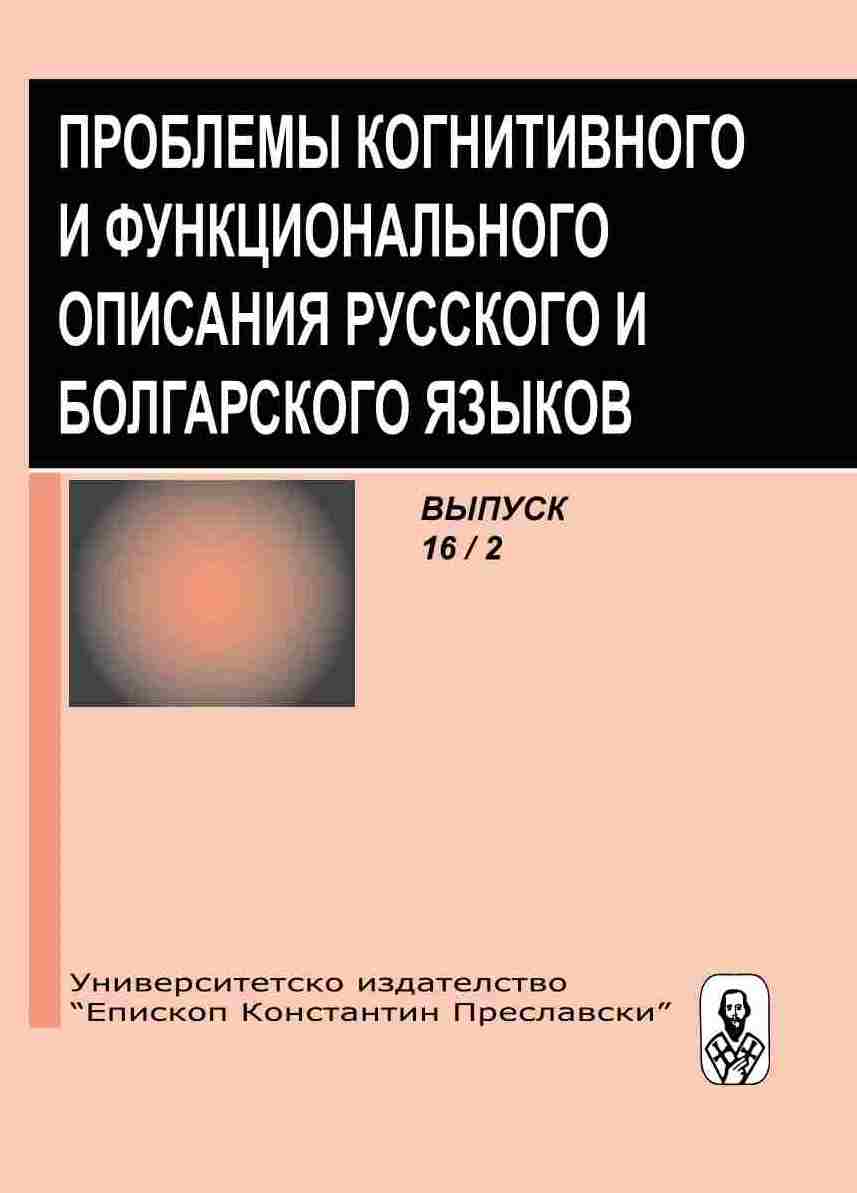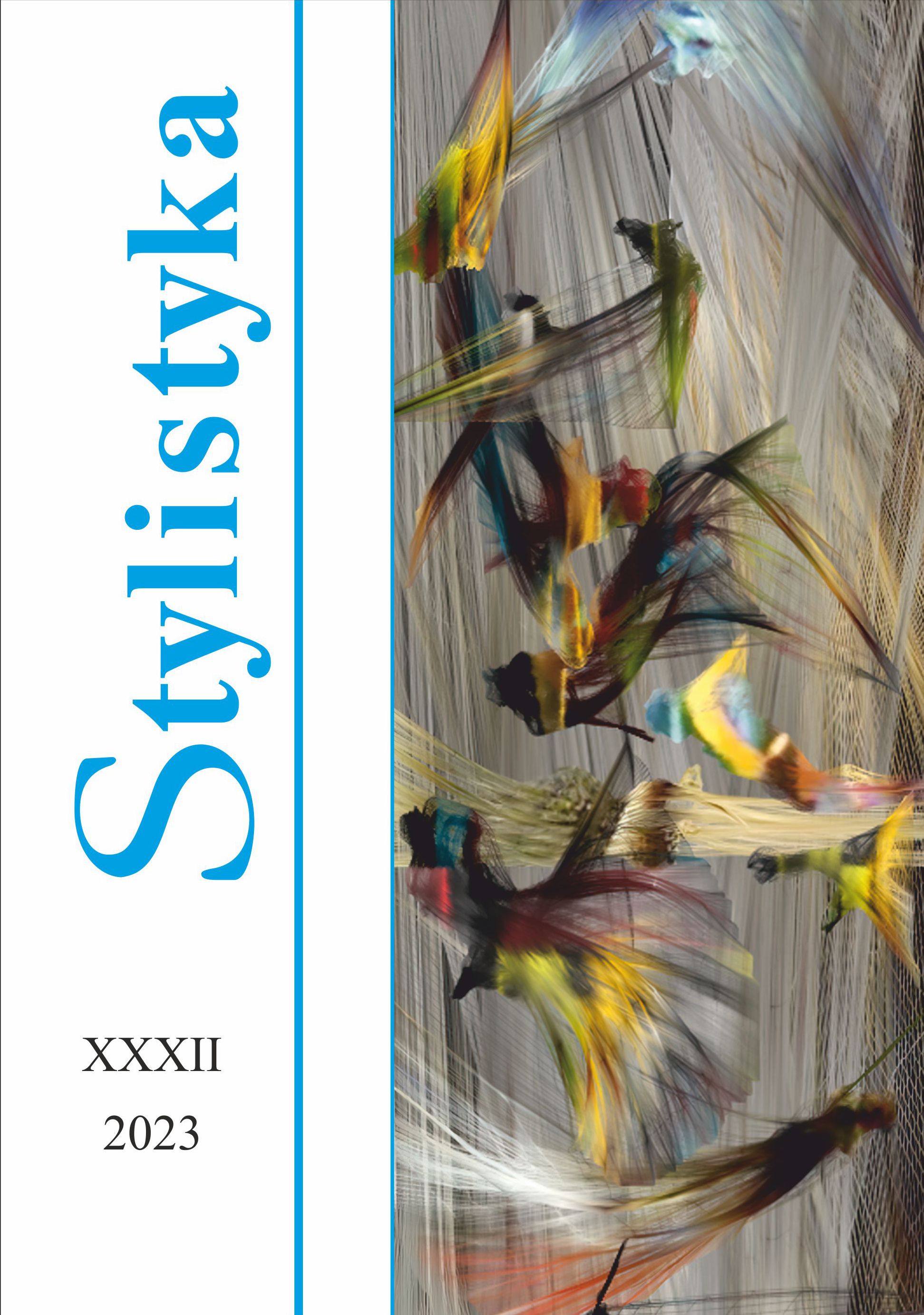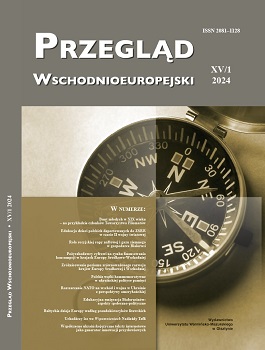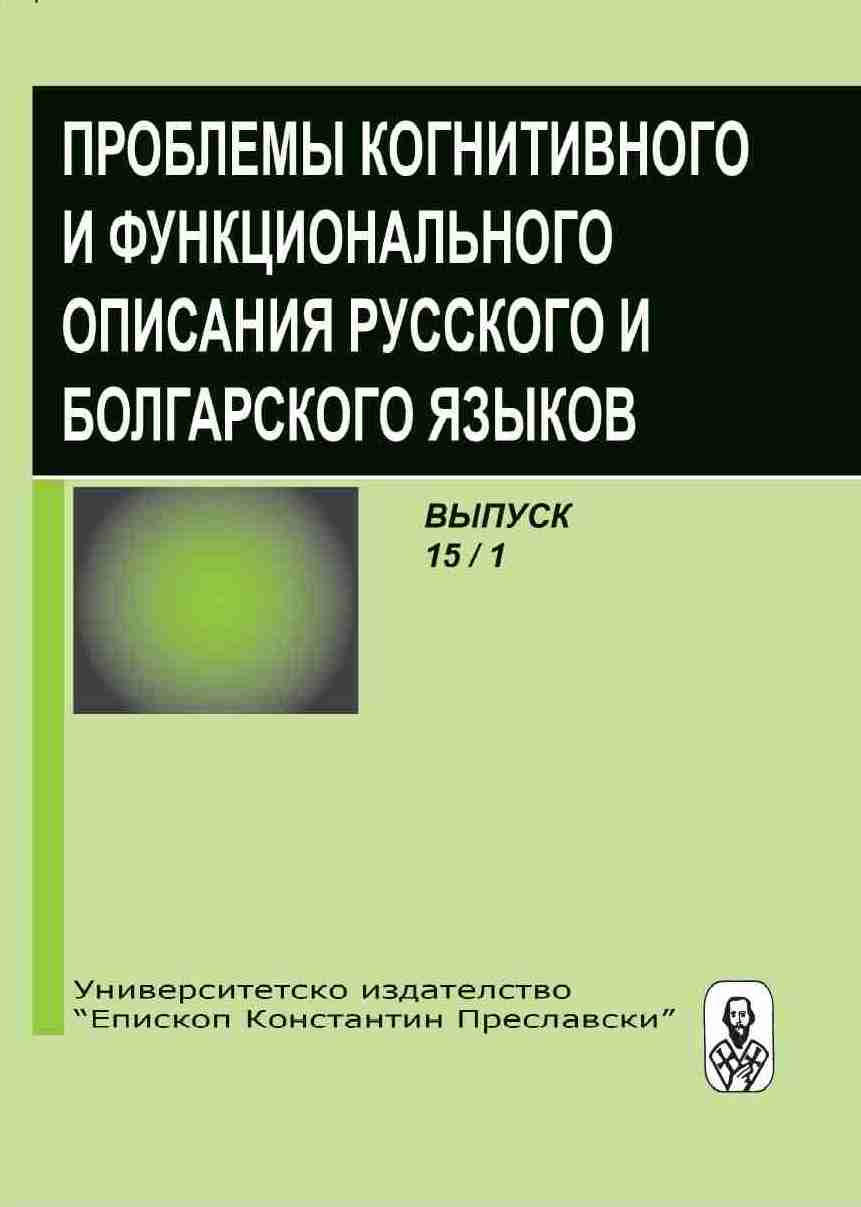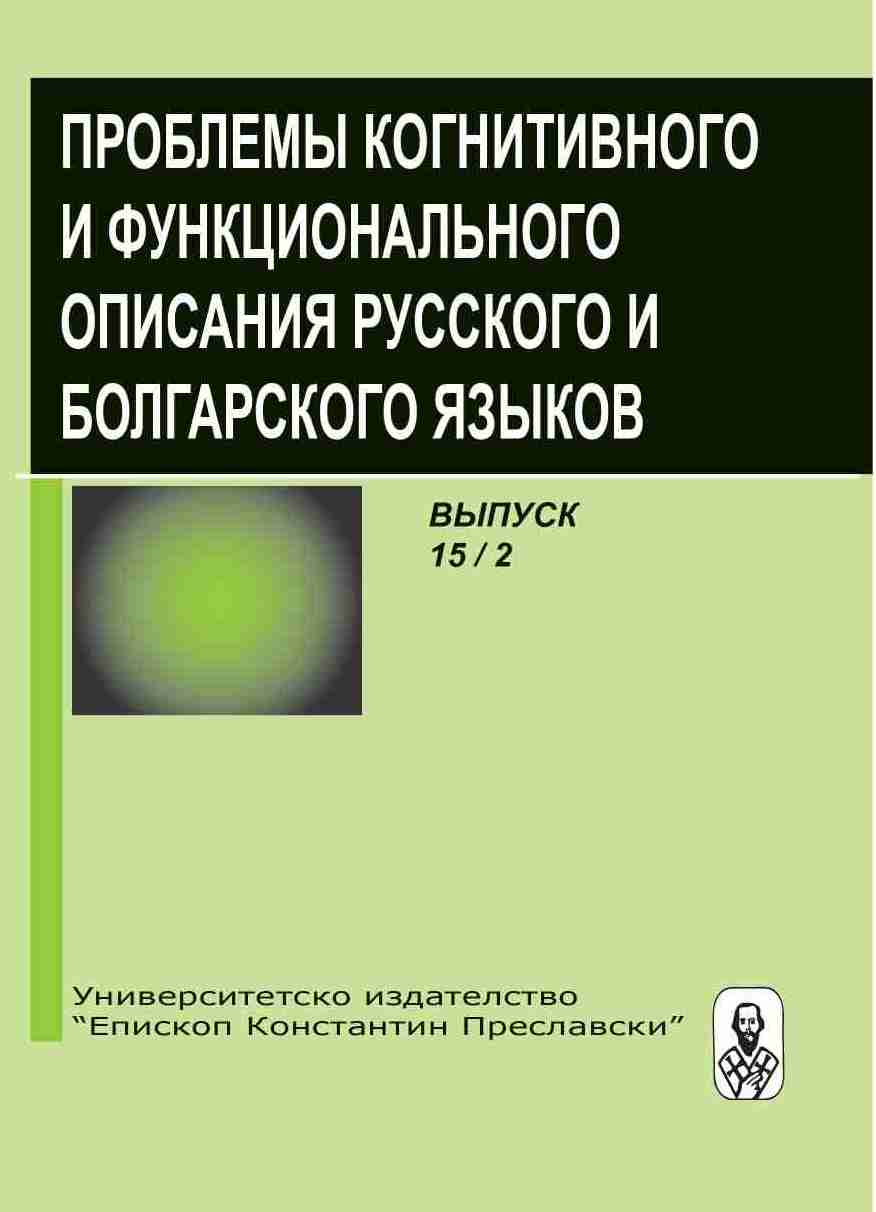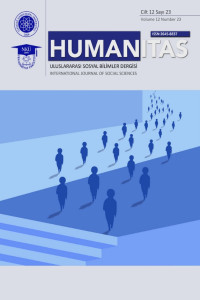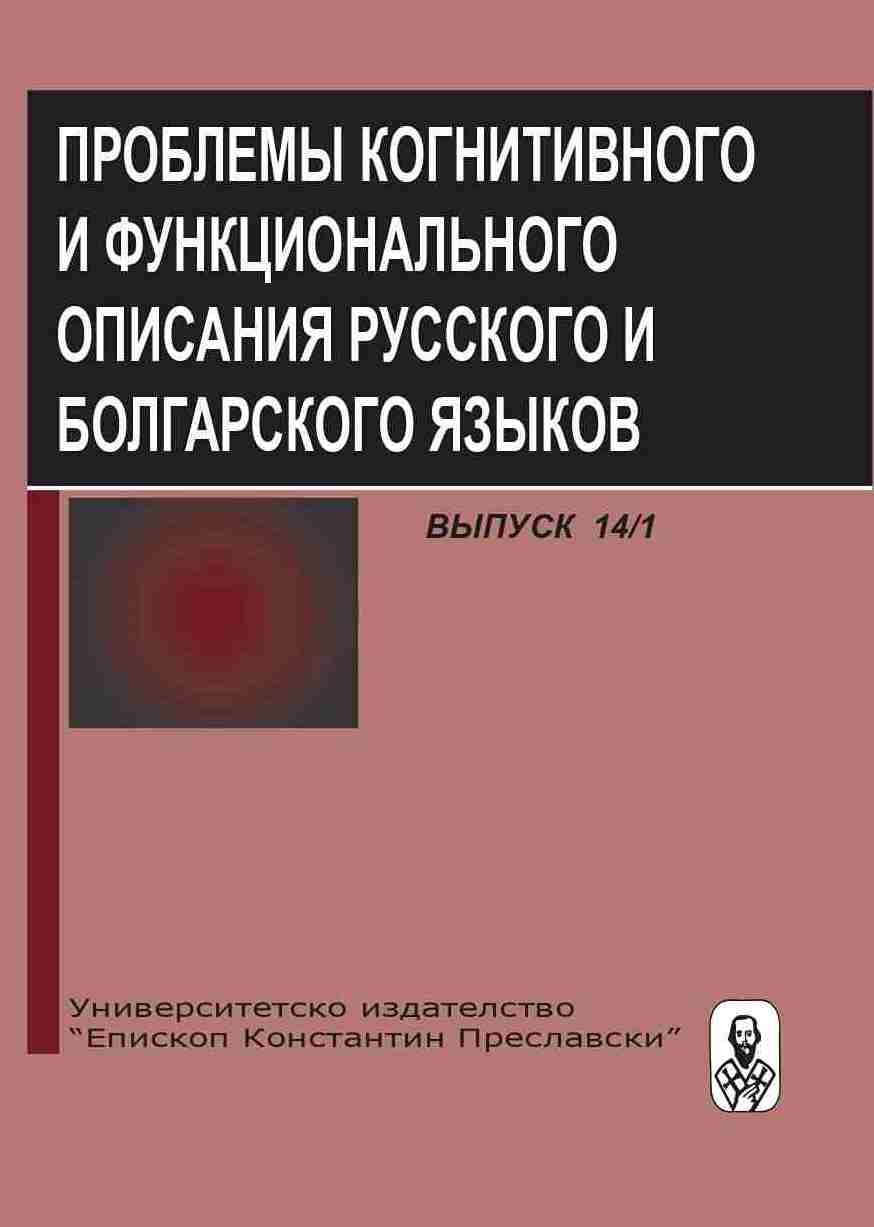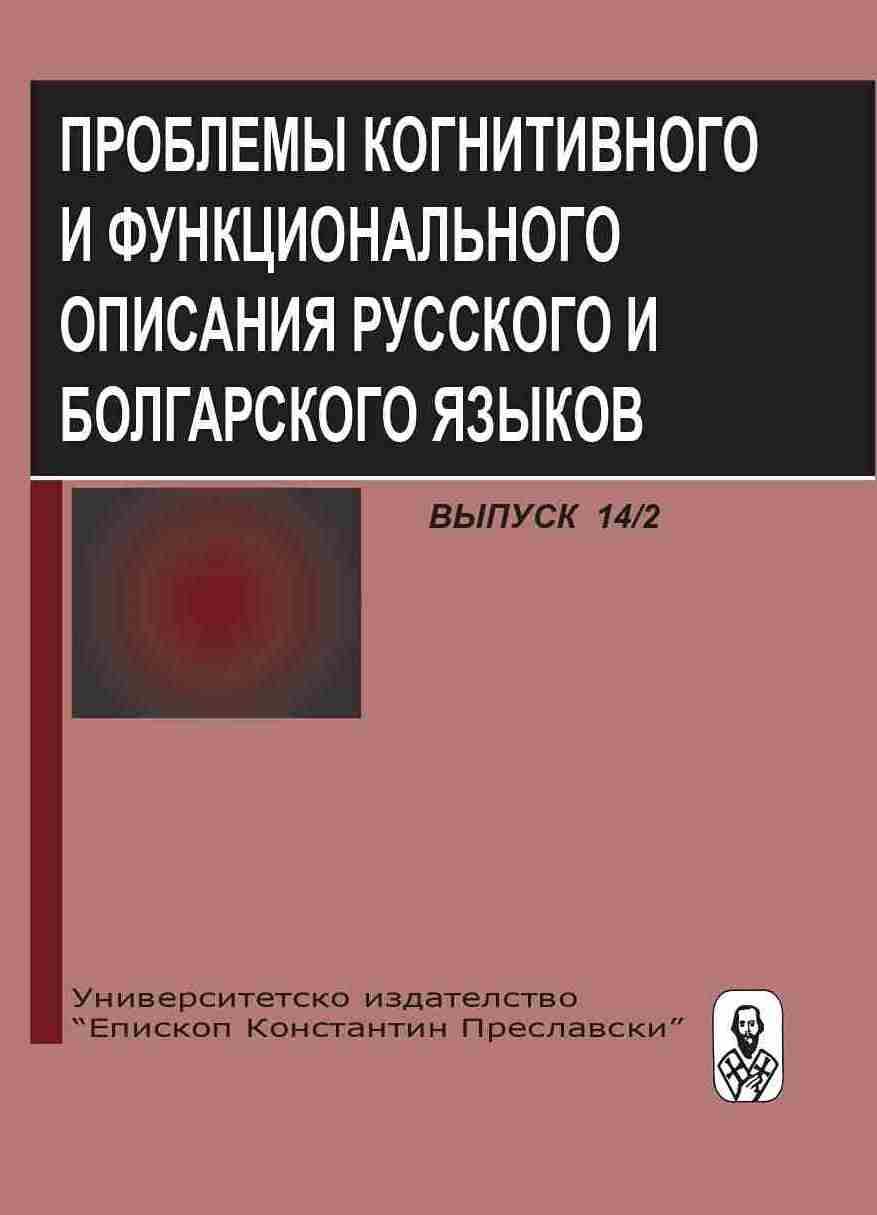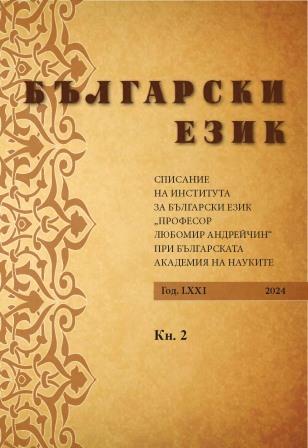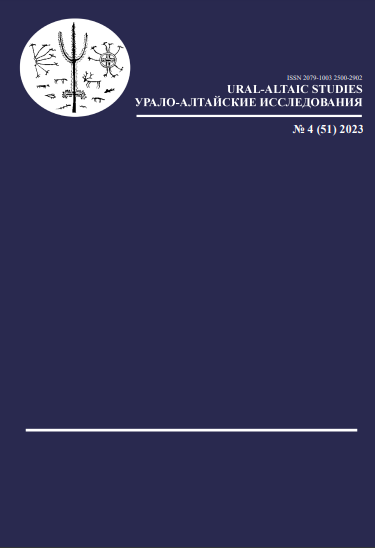
«Материалы для изучения языка васюганских инородцев (остяков) Нарымского края»… за 1889 г. св. Макария (Невского): особенности памятника, глагольная морфология, превербы
The paper presents a discussion of peculiarities of the Eastern Khanty written monument in the Vasyugan dialect “Materials for studying the language of the Vasyugan aborigines (Ostyaks) of the Narym Krai” and related materials found in the essays of the monument. The data were recorded by St. Macarius (Nevsky) during his winter trips along the Vasyugan River in 1889. The objectives of the study are to discover the features of the materials of the monument by comparing them with the known data on the Vasyugan dialect in diachrony and comparing them with the materials from the Vakh dialect, description and analysis of verbal morphology and preverbs of the idiom. All examples are presented both in the original graphics without changes and in a normalized version with morphemic parsing of lexemes and reliance on parallels presented in grammars and dictionaries published on the Eastern dialects of the Khanty language. The study provides information about the details of the record and the content of the discussed materials, some general linguistic, graphical and lexical features and also the comments provided by St. Macarius (Nevsky) which are significant for understanding the data. Further, the system of verbal categories is discussed which includes realization of action, voice, mood, tense, number and person. Additionally, verbalizers and non-finite forms of the verb are presented which include infinitive, participle and gerund. At the end of the work, there is a discussion of the preverbs found in the monument with the verbs that they modify.
More...
